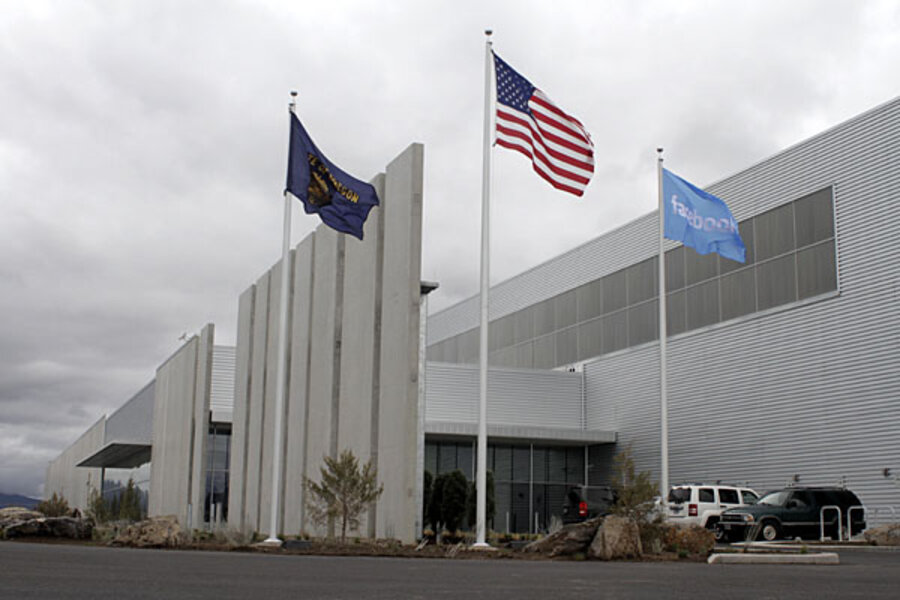Dirty clouds: Data centers waste billions of watts of electricity
Loading...
While much of the world focuses on reducing emissions from automobiles, some of the world’s biggest energy wasters are able to fly under the radar.
Enter the modern data center.
Housing the data and connection protocols for the world’s websites, all of which need to be available 24 hours per day, 365 days per year, up to 90 percent of the energy consumed in data centers is simply wasted, according to a report issued by The New York Times following a year-long investigation. Added to this consumption is the use by data centers of banks of generators in the case of a main power grid failure, a system that relies on diesel and releases exhaust. (See also: Why Energy Efficiency and Buildings Don’t Mix)
Overall, the report estimates that data centers worldwide use a whopping 30 billion watts of electricity, equivalent to the output of 30 nuclear power plants, with the United States accounting for about one third of that number.
While they do often escape notice in comparison to more traditionally identified polluters like cars, data centers are becoming increasingly visible to watch dog groups such as the Toxic Air Contaminant Inventory, a California state government initiative that lists big polluters.
“It’s staggering for most people, even people in the industry, to understand the numbers, the sheer size of these systems,” said Peter Gross, a data center designer. “A single data center can take more power than a medium-sized town.”
With data centers popping up all over the globe — the number of worldwide facilities grew from 432 in 1998 to 2,094 in 2010 — operators are under increasing pressure by governments and environmental groups to better investigate solutions with an eye towards implementing them in the near future.
Unfortunately, given the complexities of the problem and the potential costs of re-equipping a data center with new energy technology, no one operator is yet willing to take the lead.
“This is an industry dirty secret, and no one wants to be the first to say mea culpa,” the report quotes an unnamed industry senior executive. “If we were a manufacturing industry, we’d be out of business straightaway.”
Source: Data Centers Responsible for Wasting Tremendous Amounts of Electricity







